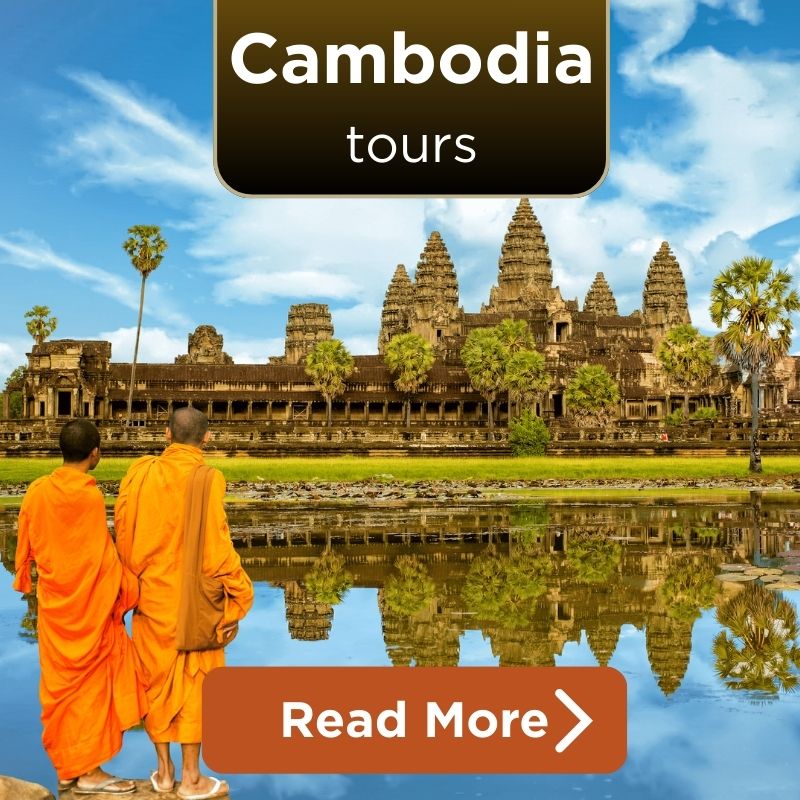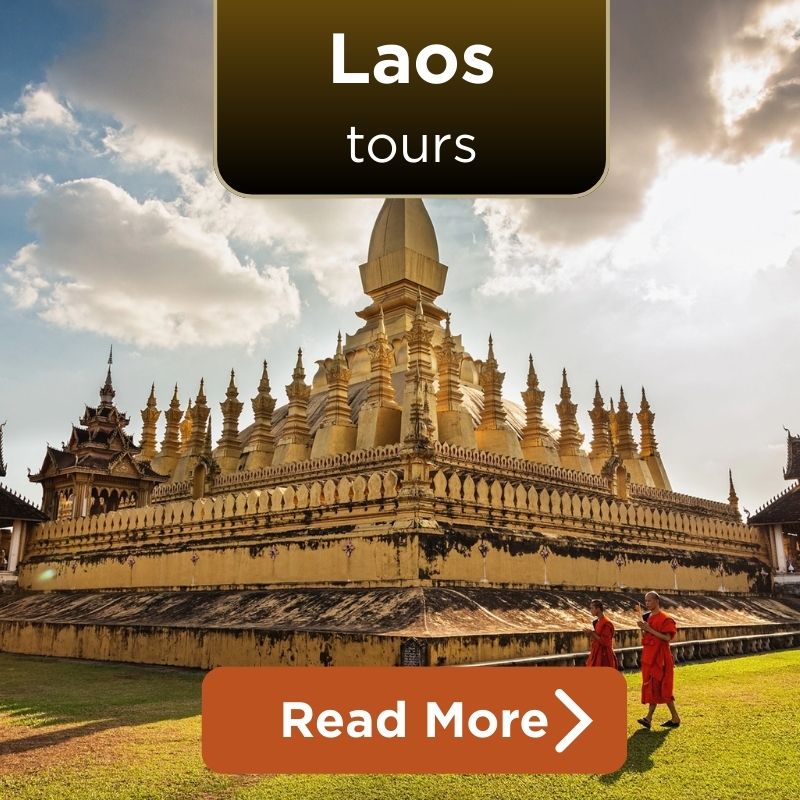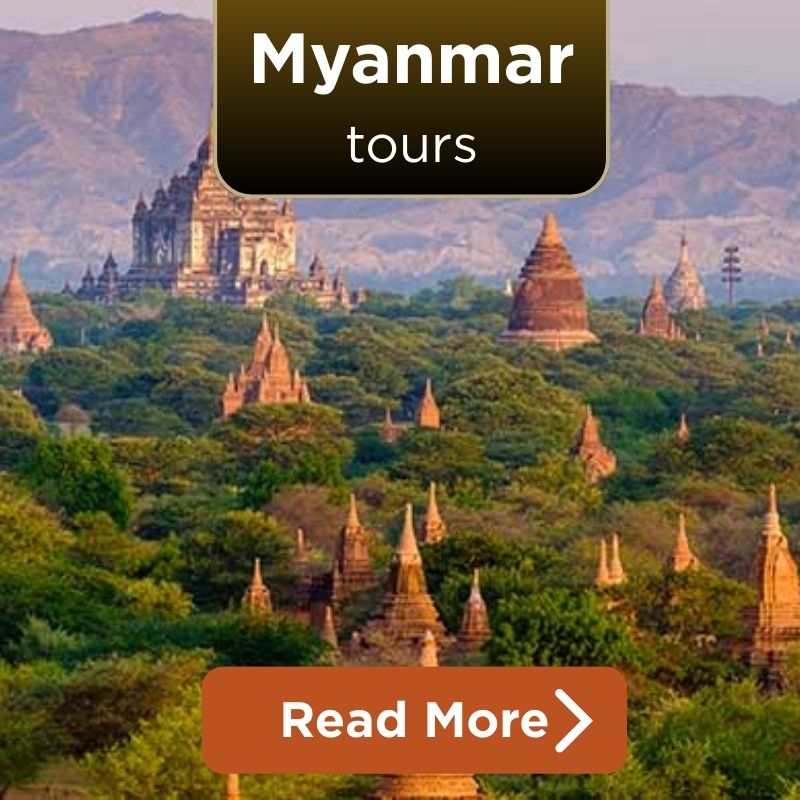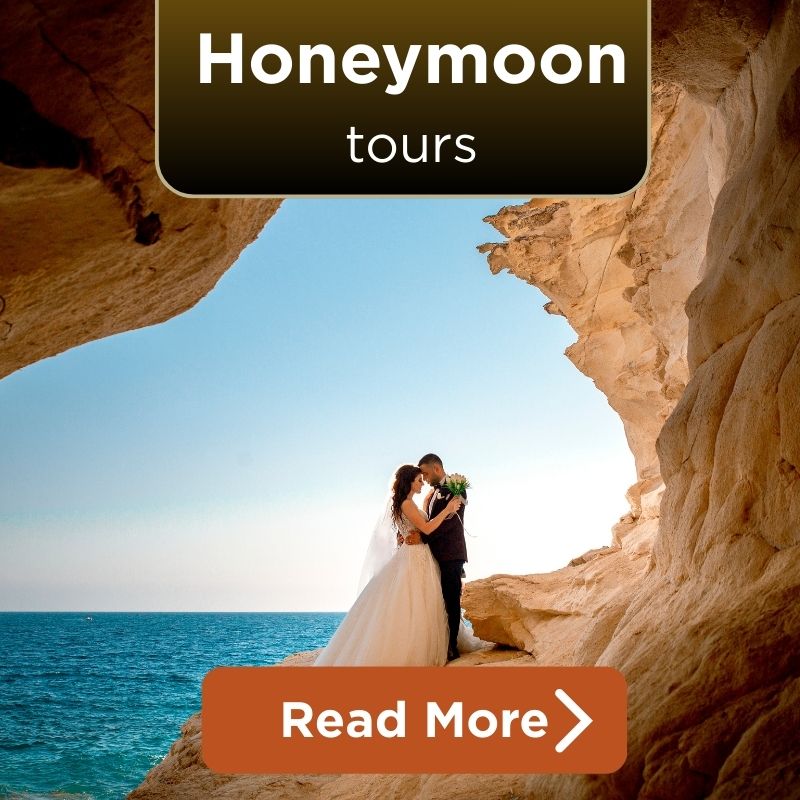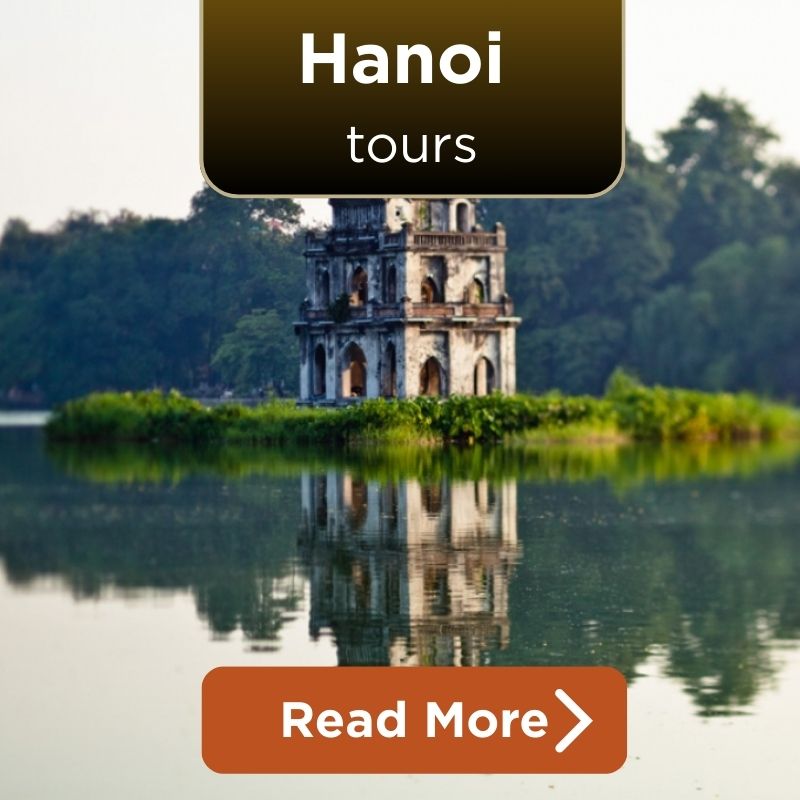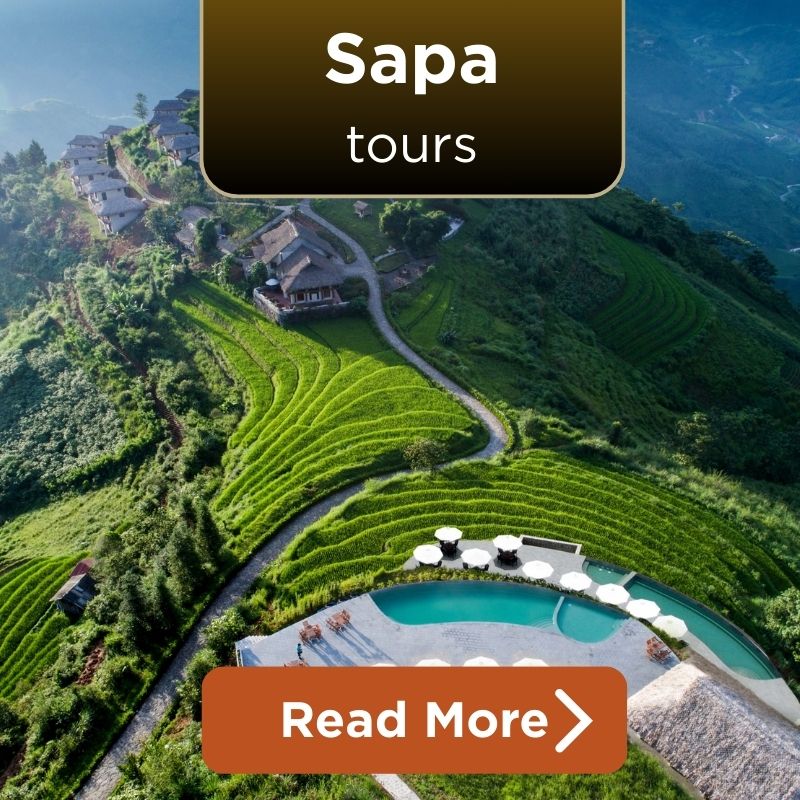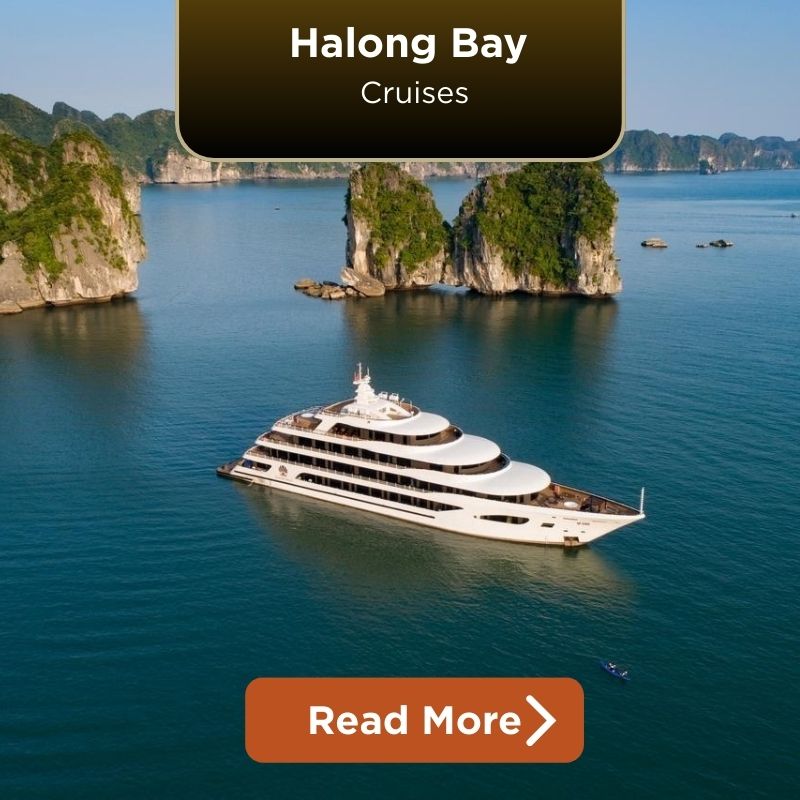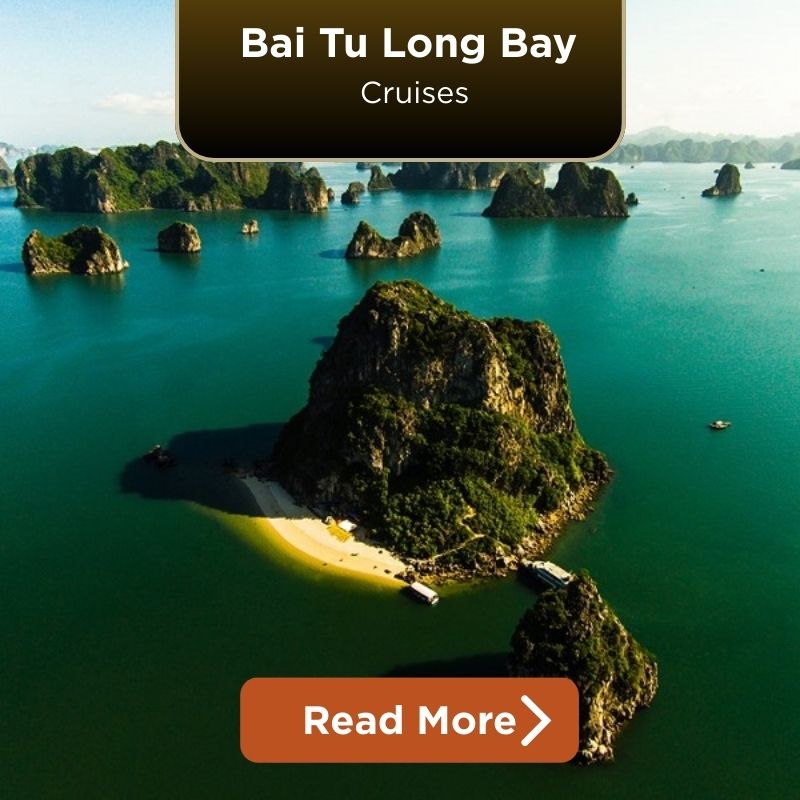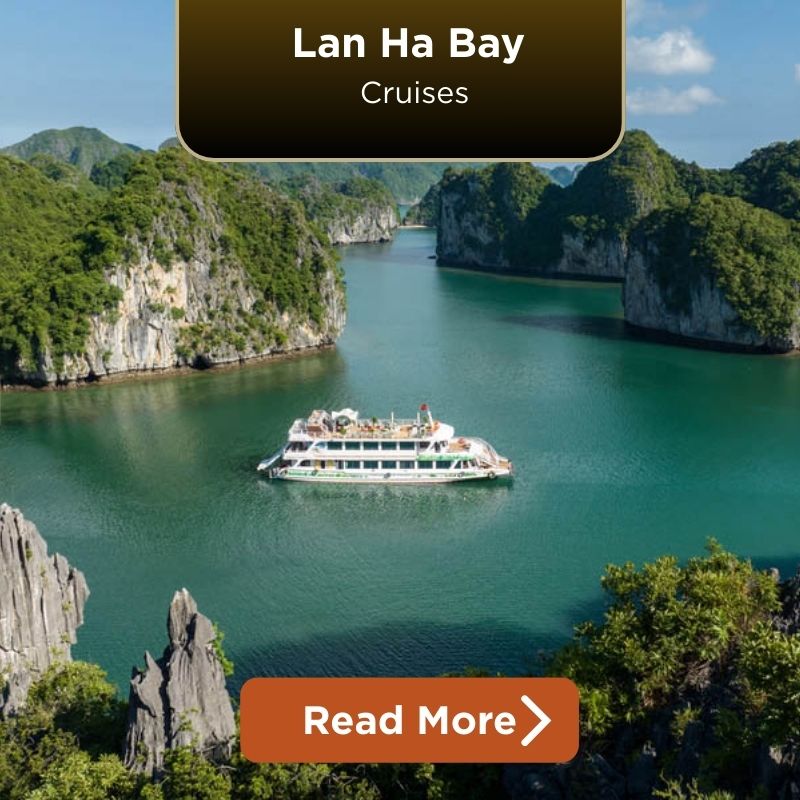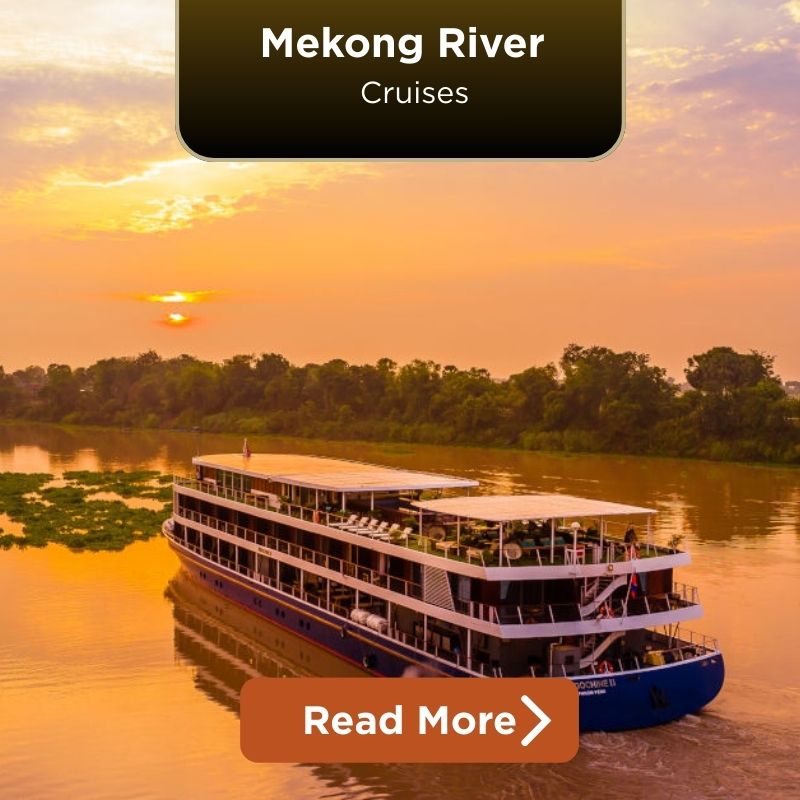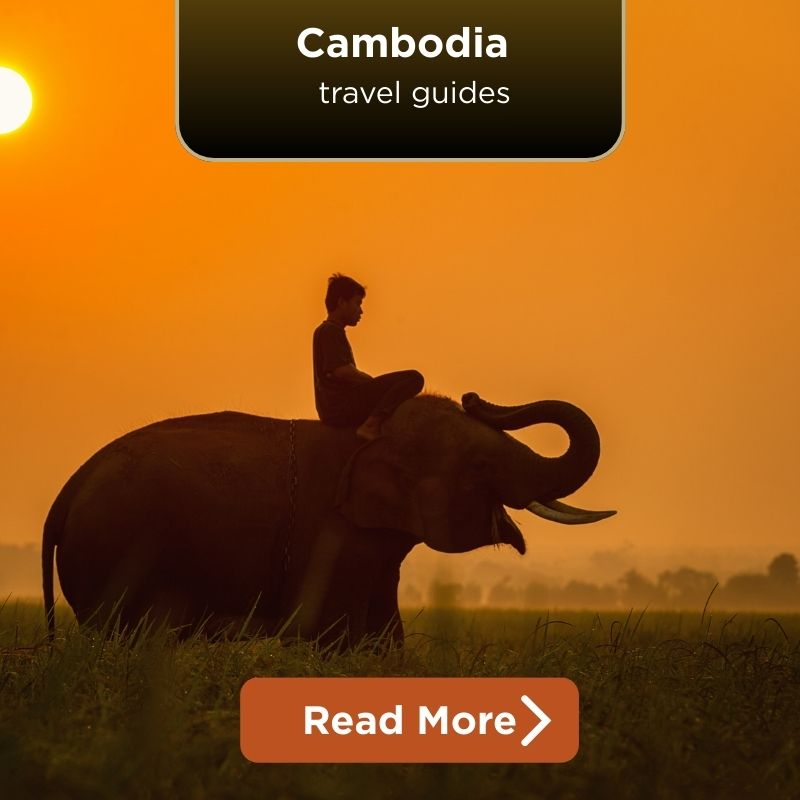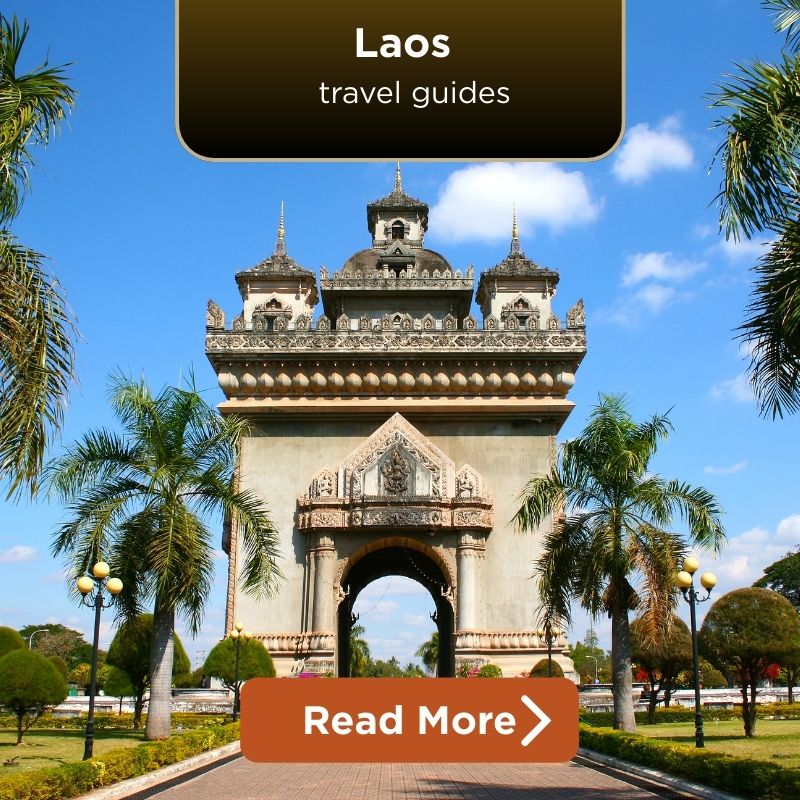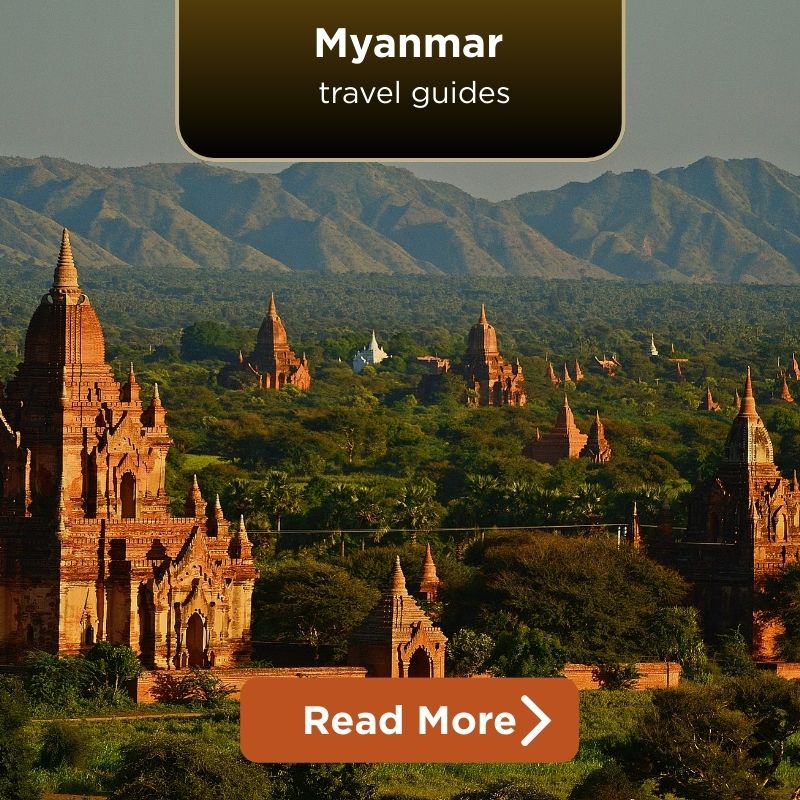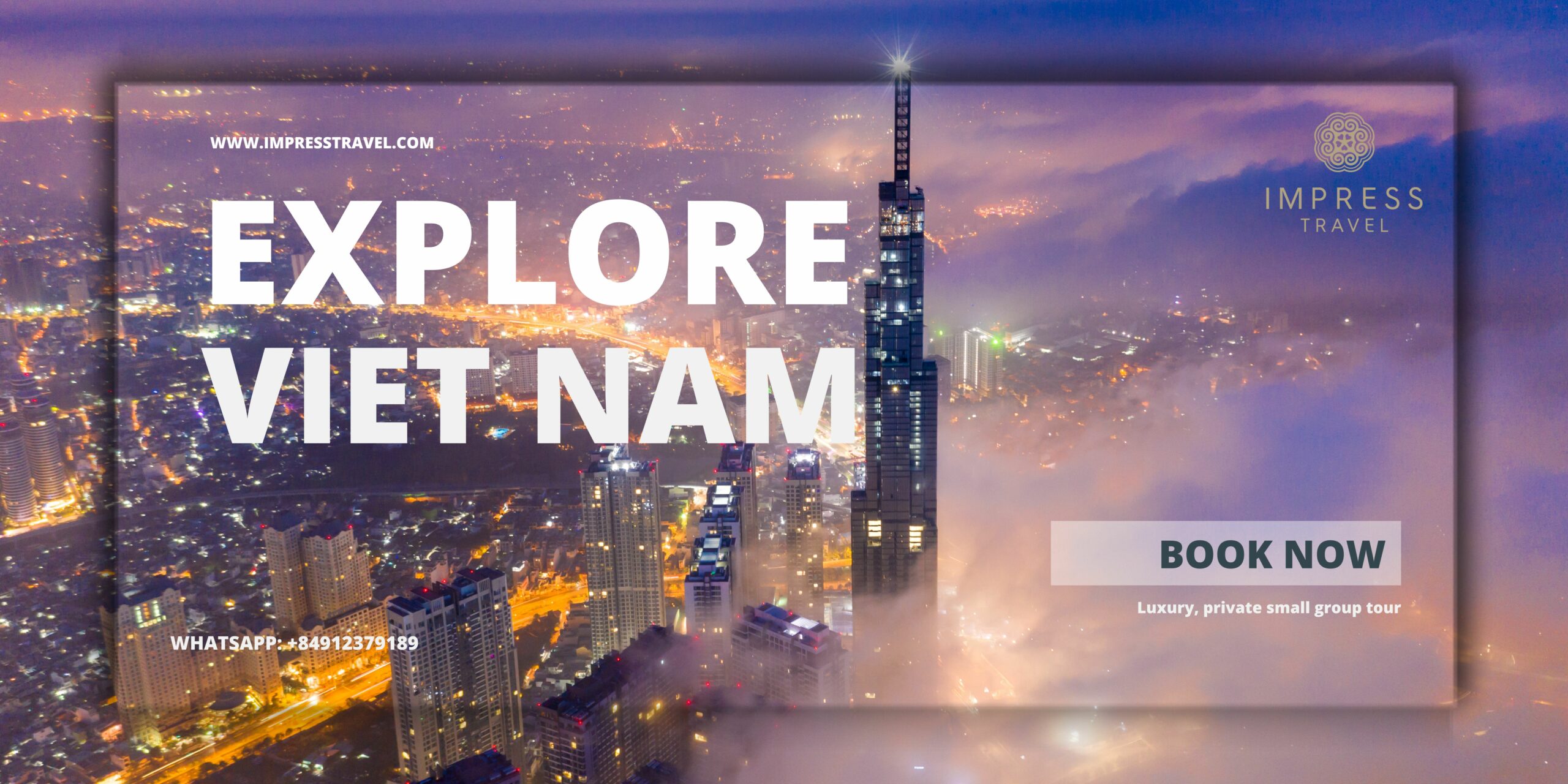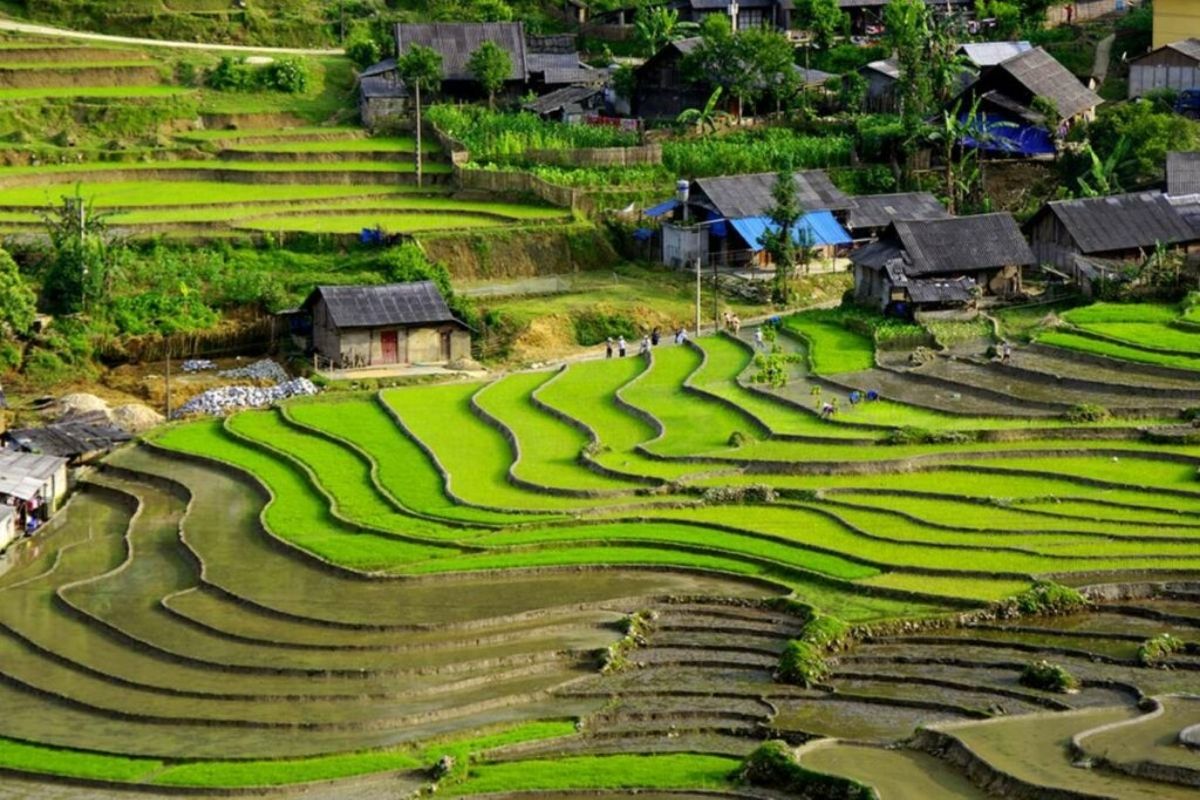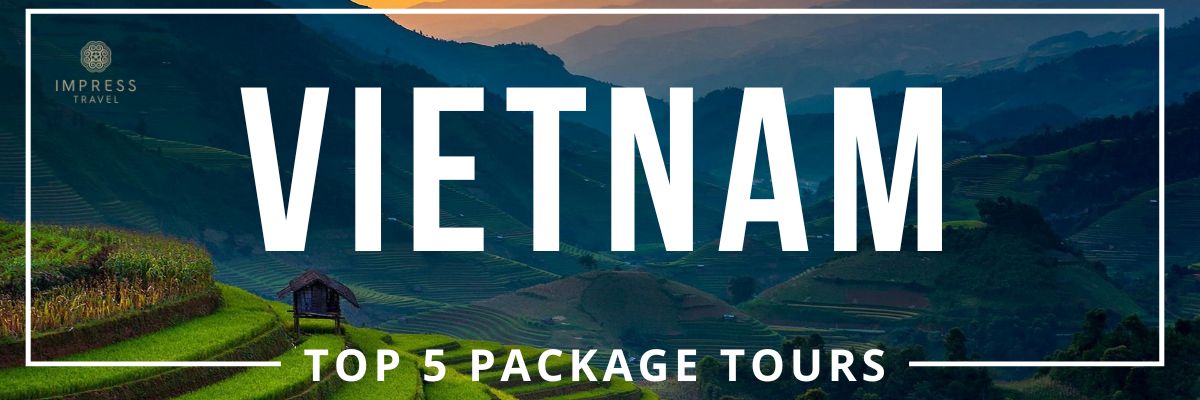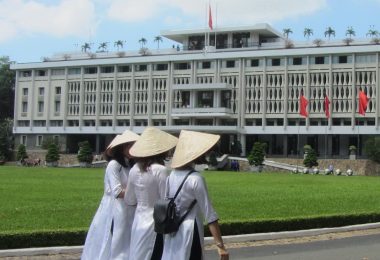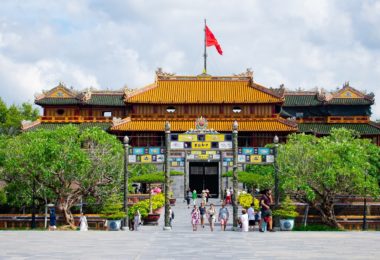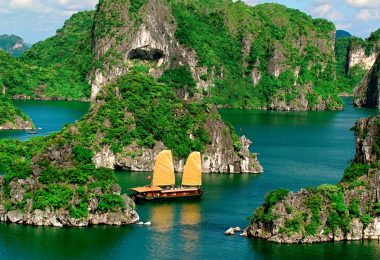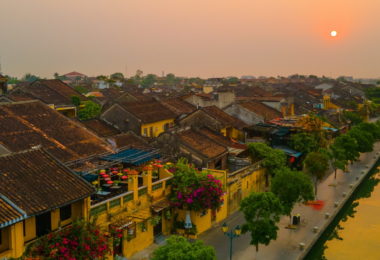What Is the Monsoon Season in Vietnam?
What is a Monsoon and Why It Matters in Vietnam
And a monsoon is more than simply rain; it’s a dramatic change in wind direction tied to temperature differences between the land and the sea. In Vietnam, these winds are life itself. They influence the climate, determine where rain will fall, and decide whether your visit will be hidden in mist, bathed in sunshine, or deluged under tropical deluges.
Vietnam is situated in the tropical monsoon zone and is affected by two main monsoons:
- The Northeast Monsoon (Winter Monsoon): November to April, characterised by dry cold air. Crossing the open sea before it arrives in Northern Vietnam and Central Vietnam, this air receives moisture, creating cold, wet conditions, particularly through October and November. Think drizzles in Hanoi, cold fog in Sapa, and gray skies over Ha Long Bay.
- The Southwest Monsoon (Summer Monsoon): It operates between May and October and is characterized by the import of warm, humid air from the Indian Ocean and the Gulf of Thailand. This monsoon brings the wet season to Southern Vietnam and along the Mekong Delta and the Central Highlands. Anticipate tropical downpours that may be fierce but are usually short-lived in Ho Chi Minh City, verdant rice paddies in the delta, and green hills unfurling beneath monsoonal clouds.
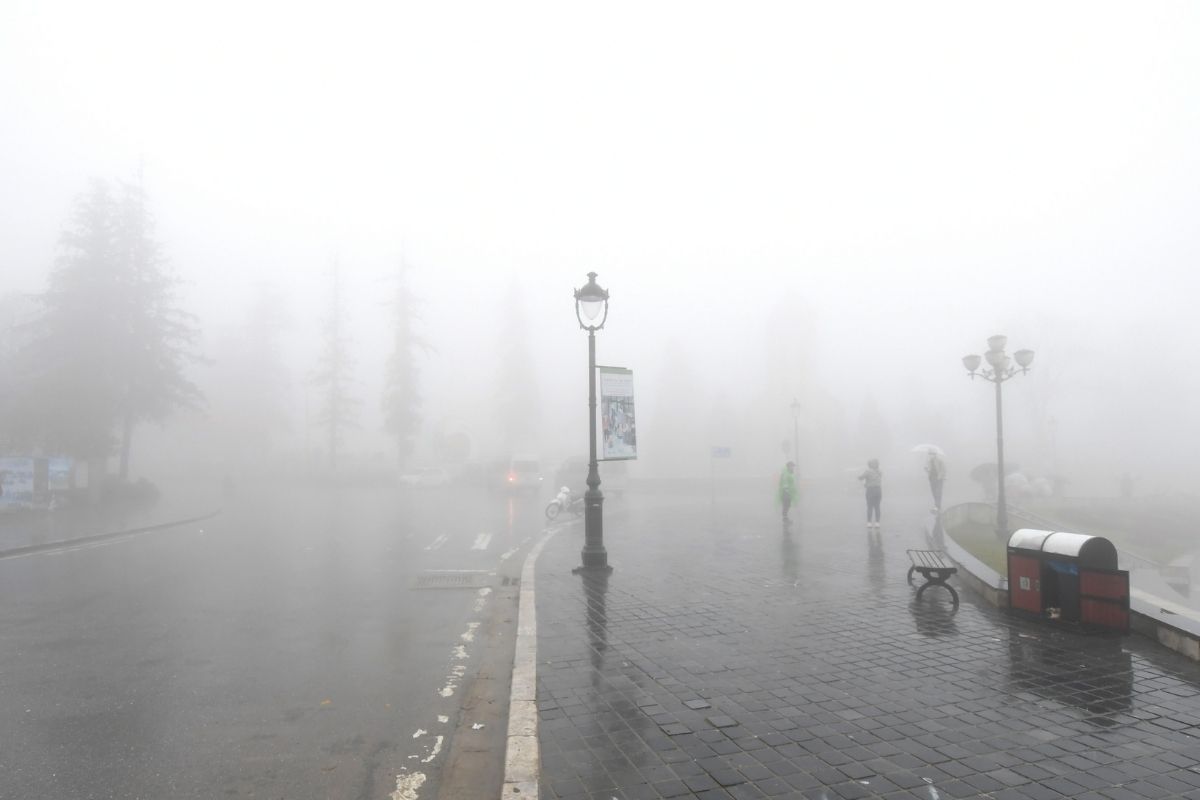
Cold fog in Sapa (Source: dantri)
Monsoon Timeline Across Vietnam’s Three Regions
Due to the elongated shape of Vietnam, When Is Monsoon Season in Vietnam is extremely region dependent, and you’ll need to know which part of the country you’re in in order to properly plan your activities. Here’s a clear breakdown:
|
Region
|
Monsoon Season
|
Dry Season
|
|
Northern Vietnam
|
May – October (rainy, hot)
|
November – April (cold, dry)
|
|
Central Vietnam
|
September – December (stormy, wet)
|
January – August (hot and dry)
|
|
Southern Vietnam
|
May – October (wet, humid)
|
November – April (dry, warm)
|
North Vietnam Monsoon Season: Four Seasons, From Mist to Storm
Winter Monsoon (Nov – Apr): Cold, Foggy, and Peaceful
From November to April, the northeast monsoon, blowing in from Siberia, lifts cold, dry air into the airspace above the lake. Early winter is cool and dry, but late winter (January to March) may become damp and misty with light rain, particularly in Hanoi, Sapa, and Ninh Binh.
- It’s cost them an average of 10°C degrees for he complete season.
- It’s Tet festival season, a festival time for experiencing the local culture.
Pack: warm clothes, rainproof layers, and shoes with grip.
Summer Monsoon (May – Oct): Hot, Humid, and Rainy
This is high summer in Vietnam, and also high rainy season in Vietnam for the north. The southwest Monsoon plays an important role as the heavy rain it carries falls in July and August.
- The humidity and temperature are expected to exceed 35°C.
- Rain comes in short, heavy bursts, heavenly for dramatic skies and lush green landscapes in Ha Giang or Mu Cang Chai.
Perfect for photographers and thrill-seekers, but don’t take any remote treks during a storm.
Best Time to Visit North Vietnam?
When to go to North Vietnam? The best time to visit is in March-April and October-November when the weather is pleasant, dry, and conducive for sightseeing. If you are thinking of the good time to visit Vietnam, this is your golden time!
Whether you prefer the spring blossoms of Hanoi or the harvest season of Ninh Binh, understanding When Is Monsoon Season in Vietnam allows you to plan to get the most reward for your effort.

The harvest season of Ninh Binh (Source: evivatour)
Central Vietnam Monsoon Season: Hot Summers, Stormy Autumns
Dry Season (February – August): Scorching Sun & Bright Days
February through August is the dry season in Central Vietnam, characterized by long sunny days with very little rain. If you’re visiting in June to August, you’re in for a sizzler: It’s hot and dry, with temperatures of up to 42°C, particularly in Hue and Da Nang.
- Great for lazy beach days in Hoi An or exploring caves in Phong Nha.
- You’ll have dependable dry weather and lively local festivals.
If you’re mapping out your summer in Vietnam, this is going to be a favorite, but plan for the heat! Rainy Season (September – January) – Typhoons, Sudden Storms
Here comes the twist. When other areas begin to cool off, Central Vietnam heats up for its monsoon season, and it’s no joke. During September to January, this region is hit by severe typhoons, floods, and heavy rains; the worst occur in October and November.
- Da Nang and Hoi An, coastal cities, are easily inundated.
- Areas inland, such as Hue, may experience storm surges and river flooding.
Why so dramatic? It’s because of what the Truong Son Mountains do: They function as a wall, holding moisture brought from the sea and releasing it in the shape of downpours on the coast. Conversely, areas on the lee side of the range may remain drier, leaving sharp microclimates.

Dry Season (Source: laodong)
When Is the Best Time to Visit Central Vietnam?
Best time? February to May – cool, sunny, calm. It’s not too hot, and the storms are not here yet. If you are looking for a good time to visit Vietnam, this window is your sweet spot.
Whether you want to lounge on the beaches of Da Nang, walk through the lantern-lit streets of Hoi An, or explore royal tombs in Hunowa is the time.
Tips for Traveling in the Monsoon Season
If you do have to travel during the rainy season in Vietnam, here are a few things to think about:
- For beach cities: Check weather forecasts daily. Stay away from boat tours and swimming in storm warnings.
- For inland heritage sites: Waterproof your stuff. Some attractions, like Hue’s Imperial City, are still open, but can be slippery.
- Bring a note down, backup indoor activities, cooking classes, museums, or café hopping are some good rainy day backup plans!
South Vietnam Monsoon Season: Tropical Rains and Lush Landscapes
Dry Season (November – April): Sunshine, Festivals, and Adventure
It’s a perfect time to see Southern Vietnam. From November through April, the dry season, you enjoy glorious sunny days, little humidity, and ideal weather for floating through the Mekong Delta or sunbathing on Phu Quoc’s white-sand beaches.
- Ho Chi Minh City is lively with festivals and street life.
- There will be dry weather and calm seas, ideal for boat trips and outdoor markets.
So, looking for a good time to visit Vietnam, especially if you love tropical scenery but dislike the rain? It will be golden.
Rainy Season (May – October): Short Showers, Lush Landscapes
This is where the southwest monsoon comes in. There’s rain in Southern Vietnam from May to October, which is referred to as the rainy season in Vietnam, though don’t let that put you off! It’s not weeks of downpour. Instead, anticipate short, heavy showers, usually in the late afternoon or evening.
- The weather is humid, but the countryside is so green.
- This is when the rice paddies are in full green bloom, and the floating markets in the Mekong Delta explode with color and life.
Even better? Following a good rain, the skies can clear up impressively, giving magical, bright sunny days perfect for photographing.
And, not to forget, this is a part of the country where the winter mo, monsoon barely whispers, so no cold, no drippings, just the drum of the tropical rains and the warm breath of air that accompanies them.

Floating Market Explode With Color (Source: hanoivoyage)
Tips for Traveling During the Monsoon Season
If you’ll be heading south during the rainy season, pack smart:
- Light rain gear, such as a lightweight rain cover or compact umbrella.
- Waterproof bags for your electronics, phone, and valuables.
- Mosquito repellent, especially if you will be touring regions with rice fields or rivers.
- Breathable clothes, the humidity can be intense!
Should You Travel During the Monsoon Season in Vietnam?
Why You’ll Love Traveling in Monsoon Season
- Less flocking at the highlights like Hoi An, Phu Quoc, and the Mekong Delta translates to less crowded photo spots and local vibes!
- Cheaper flights, hotels, and tours stretching your dollars far in Vietnam is a good idea, and there’s no better time than the rainy season.
- Lush landscapes everywhere! The central highlands turn emerald green, rice terraces in northern Vietnam look otherworldly through a fine mist, and the Mekong Delta swells with life in its floating markets and water-filled fields.
But Let’s Be Honest: The Challenges
- Surprise showers can delay flights or trains, especially during October and November, across central Vietnam.
- Certain mountainous regions (such as Sapa or Ha Giang) can experience flash floods or landslides during the rainiest times.
- Heat and humidity in the wet season (particularly in the south) can be brutal. Take lots of breaks and drink water!
Tips for Monsoon Travel Like a Pro
- Pick the right region for the right month. The timing of the monsoon varies throughout Vietnam, so travel according to the weather windows!
- Bring rain clothes, lightweight clothing, and bug dope.
- Opt for indoor-friendly activities when necessary cooking sessions, cafes, art museums, or temples.
Best Region by Month
|
Month
|
Best Region to Visit
|
|
January-March
|
Southern Vietnam – Ho Chi Minh City, Phu Quoc, Mekong Delta (dry, sunny)
|
|
April-May
|
Central Vietnam – Da Nang, Nha Trang, Hue (dry season, fewer tourists)
|
|
June-August
|
Northern Vietnam – Sapa, Ninh Binh, Hanoi (lush and scenic, great for nature lovers – peak of summer in Vietnam)
|
|
September-October
|
Northern Vietnam (autumn beauty) or Phu Quoc (shoulder season)
|
|
November-December
|
Central Highlands, Hoi An, Mekong Delta (pleasant temps, post-rain freshness)
|
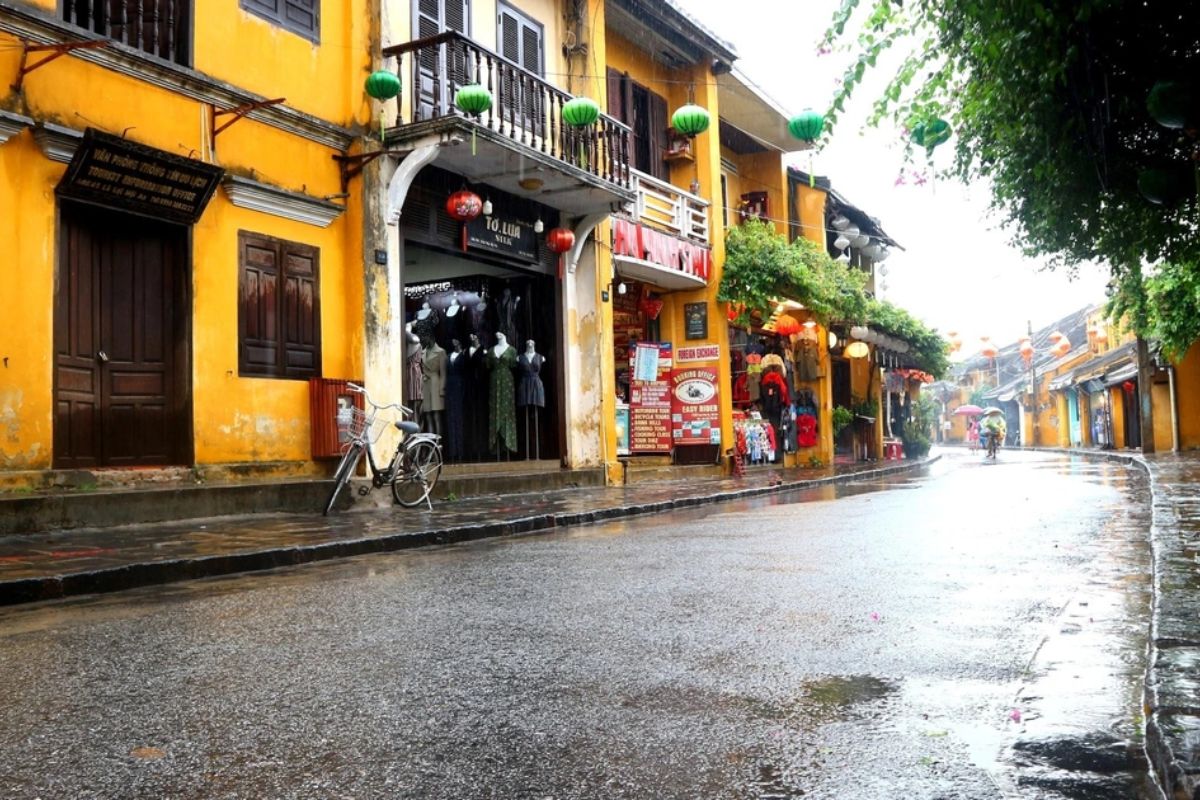
Hoi An in April-May (Source: dantri)
Essential Packing List for Monsoon Season Travelers
What to Pack for Northern Vietnam (Nov-Apr – Winter Monsoon)
A northeast monsoon chills northern Vietnam and especially Hanoi, Sapa, and Ninh Binh, filling it with mist and moisture.
- Thermal layers: Cashmere, merino, or lightweight thermal layers. Wool socks, gloves, a thick neck gaiter, and a cold-efficient waterproof jacket.
- Moisture-wicking clothing: For those intervals of sunlight between drizzles.
- Lip balm and moisturizer: Skin can chafe quickly in dry air.
- Sturdy shoes with grip: A must in cobbled old streets or rugged countryside.
- Don’t forget a small umbrella and windbreaker – the rainy season in Vietnam can be very wet!
What to Pack for Central Vietnam (Sept-Jan – Wet Season)
Storms: If you’re traveling around central Vietnam (Hue, Hoi An, and Da Nang) during October and November, you may encounter storms and typhoons. Be ready!
- Waterproof backpack cover or dry bag: Protects electronics and clothes from being soaked.
- Quick-dry clothes: Polyester or nylon is a blessing in the humidity.
- Insect repellent: Mosquitoes are attracted to warm, moist air!
- Sturdy sandals or flip-flops: You don’t want wet shoes or, worse, blisters.
What to Pack for Southern Vietnam (May-Oct – Tropical Rainy Season)
Visiting Ho Chi Minh City, Phu Quoc, or the Mekong Delta in the rainy season? Rain is an aspect of the charm if you’re ready for it.
- Rain poncho or ultra-light jacket
- Flip-flops or sandals that are water-resistant.
- Sunscreen: Yes, even when it rains, sunny days are still coming out.
- Bug spray & anti-itch cream: Heat and humidity equal mosquitoes (especially near rice paddies).
- Power bank & waterproof phone pouch: A must-have for when you’re exploring those hard-to-reach spots or need to dodge a shower!
Conclusion
So now that you know When Is Monsoon Season in Vietnam, don’t be discouraged by the rain; let it guide you to lush scenery, fewer tourists, and real local life. Summer in Vietnam, or rainy days in north Vietnam – either way, it’s not a good time to visit Vietnam. And if you constantly embrace yourself to the rhythm of the rain, your road will be unforgettable.
FAQ
1. What is the rainiest month in Vietnam?
Vietnam’s rainiest month is generally in August or September, depending on which part of the country you visit. July and August are typically the wettest months in northern Vietnam. At the same time, and it turns out, quite a contrast, central Vietnam, where Mali and I included a stop in Hoi An and Hue, tends to get the most rain (and even some typhoons) in October and November.
2. Which month not to visit Vietnam?
If you’re traveling to central Vietnam, avoid October and November, the peak wet season, when there could be floods and typhoons. August is also difficult in the north mountains for mountain landslides. Be sure to When Is Monsoon Season in Vietnam before planning your trip.
3. What is the monsoon season in Vietnam?
The monsoon season in Vietnam is divided into two major periods:
- Winter Monsoon (Nov-Apr): Cold and dry in north Vietnam; low effect in South Vietnam.
- Summer Monsoon (May-Oct): Hot, humid, and rainy in most regions, particularly in southern Vietnam and the central highlands.
4. What is the best time of year to visit Vietnam?
The best time to visit Vietnam is between November and April, when the Mekong Delta, Ho Chi Minh City, and Phu Quoc have dry weather. Meanwhile, in north Vietnam, March to April and October to November are also good months, with reasonable temperatures and less rain – an ideal good time to visit Vietnam!






